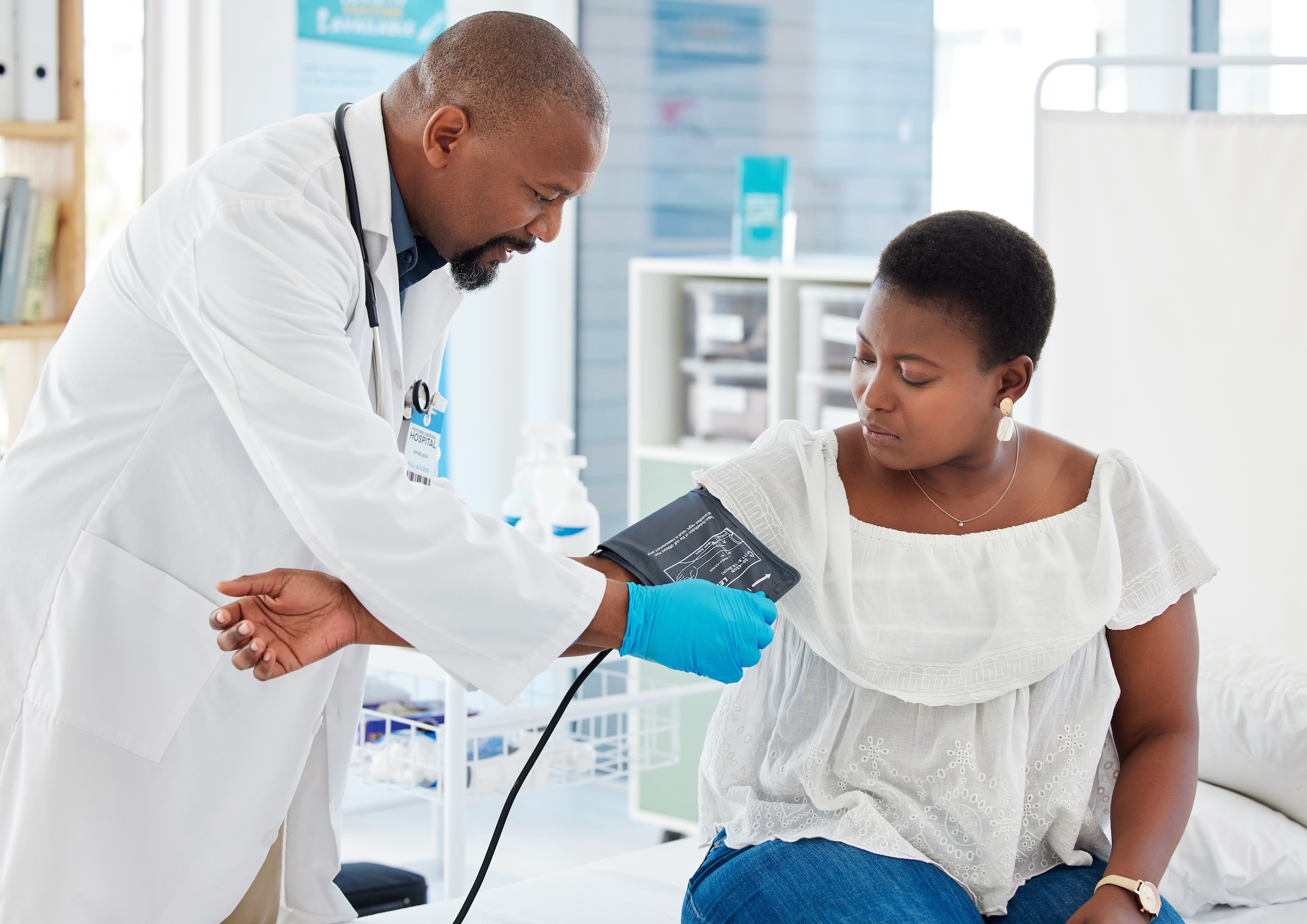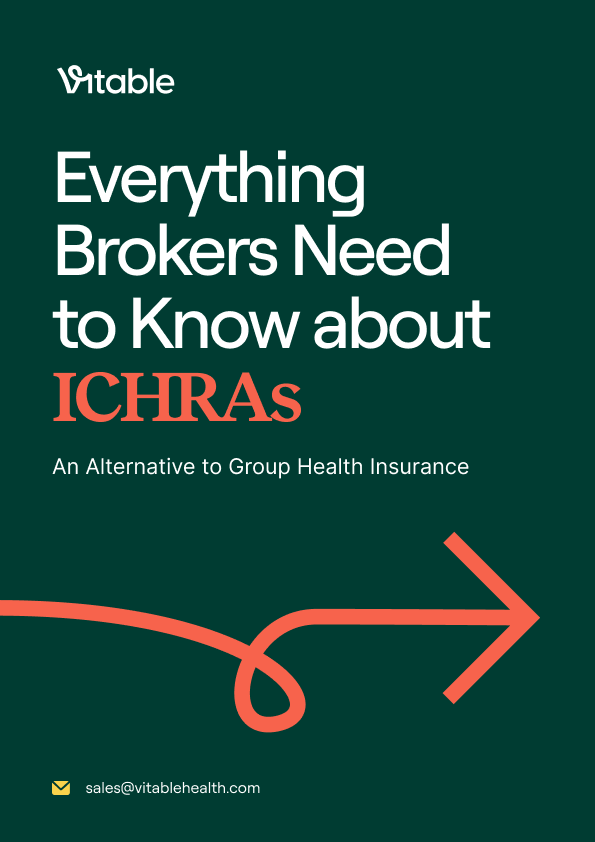QuantiFERON Gold TB vs. 2-Step PPD TB

Preventing TB is essential to public health and to the welfare of people who may be at risk of developing it severely. One of the primary ways of preventing TB’s spread is testing for it; however, many Americans don’t know the difference between the two kinds of tests. Here are the two types of TB tests and their important differences:

Download 2025 Employer Guide to ICHRA
Vitable’s ICHRA Guide gives employers a clear, step-by-step resource for building smarter, ACA-compliant benefits.
This guide explains how ICHRAs work, who qualifies, and how Vitable simplifies setup, onboarding, reimbursements, and compliance — while giving employees more flexibility, control, and care.

Download Vitable’s 2025 Broker’s Guide to ICHRA
The Broker Guide to ICHRAs is a comprehensive resource that helps brokers understand, sell, and manage Individual Coverage HRAs with confidence.
This guide covers everything from compliance and class design to administration flows, case studies, and how Vitable streamlines quoting, enrollments, and reimbursements for brokers, employers, and employees.
2 Step PPD (TB Skin Test)
A TB skin test is used to find out if you have TB germs in your system. In order to get this test administered, a healthcare worker injects a small amount of fluid called tuberculin (or PPD) into your arm. There is often light swelling where the test is administered and after a few days, you must return to have the test read by a doctor. A positive test means that you are infected with TB germs, but further tests are required to discern whether the person has LTBI or TB. A positive test generally comes with some sort of reaction to the test, where a negative test doesn’t hold that observation. Recent exposure may turn up a false negative, so making sure to return 8-10 weeks after you were exposed is imperative to getting the right result. However, if both tests turn out to be negative, you likely don’t have TB.
QuantiFERON Gold (TB Blood Test)
TB Blood tests require a blood sample to be taken for the practitioner to determine whether there are TB germs in a person’s system. There are two TB blood tests approved by the FDA:
- QuantiFERON Gold® TB Tests
- T-Spot® TB Tests
If the test turns out to be positive, another test must be administered to determine whether the TB germs are from LTBI (latent TB infect) or the TB disease. If negative, you likely don’t have it. These tests are available from concierge services like Vitable and from physical offices like the health department or the doctor’s office. The sample is sent to a lab for analysis and the results are generally delivered digitally.
Ready to learn more?
Stay ahead with the latest insights on healthcare, benefits, and compliance—straight to your inbox.
Get a quote
Get a personalized health benefits quote tailored to your company’s unique needs.
Vitable helps employers provide better healthcare to their employees and dependents by improving accessibility, cost, and quality.
